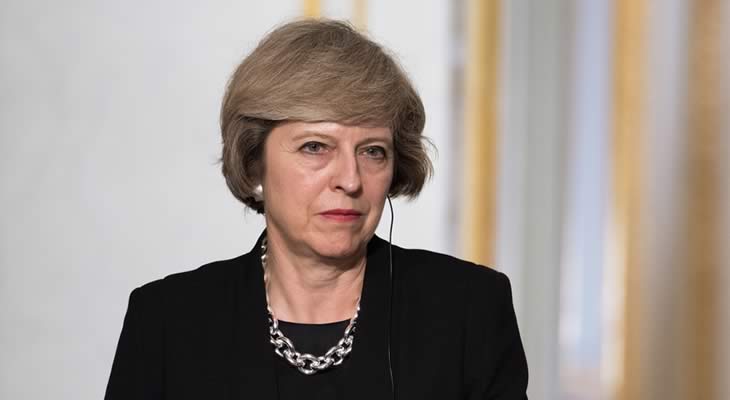The outlook for the Pound Australian Dollar (GBP AUD) exchange rate grew slightly gloomier on Friday as markets responded to yesterday’s robust employment figures in Australia, and today’s reports that Brexit trade talks could be delayed until March 2018.
EU Leaders Agree to Move Brexit Talks to Phase 2 – GBP AUD Exchange Rate Fails to Capitalise
The highly anticipated Brussels EU Summit is in progress and already causing quite a stir, with Pound Sterling (GBP) exchange rates broadly weakening in response to the news.
The most notable announcement to come out of the summit is that UK and EU negotiators have officially agreed to allow talks to progress onto the next phase, with EU leaders finally ruling that sufficient progress on ‘phase 1’ has been made.
Whilst this might, at first glance, be deemed good, reports that trade talks will take a back seat until March 2018 – in favour of transitionary talks – has soured the news.
This is because a delay means that UK and EU businesses will have to make sizable investment decisions for 2018 ‘in the dark’, as it were, with very little clarity available on how trade will function between the EU and the UK in the years ahead.
Instead, the second phase will be dominated by discussions on the transition period, with the UK reportedly meant to continue to abide by EU laws over two years beyond the original Brexit deadline.
The GBP AUD exchange rate quickly tumbled as a result.
Australian Employment Surge Bodes Well for AUD Exchange Rates
Australia’s November employment print proved extremely positive once again.
The Australian Bureau of Statistics (ABS) revealed on Thursday that employment leapt up to 12.4 million in November (an increase of 61,600), smashing the market expectation of a 19,000 rise.
This marked Australia’s biggest monthly increase in employment since October 2015, with the notable decrease in labour market slack also liable to promote wage growth moving into 2018.
Ivan Colhoun, Chief Market Economist commented on the positivity of these readings, stating:
‘We’ll need to see some further declines in underemployment, but if they are forthcoming wage growth should begin to lift’.
The ‘Aussie’ Dollar climbed on Friday as a result, with the current weakness of the US Dollar also proving a convenient spring-board for the currency.
What’s Next for Brexit Talks and How Could it Affect the GBP AUD Exchange Rate?
The first focus of the next phase of Brexit talks will be the transition deal, with London keen to assure businesses that there will not be a ‘cliff-edge’ on Brexit Day 2019.
The UK will likely make a number of demands over the nature of this transition, with the UK seeking the freedom to be able to negotiate trade deals with the likes of America over the proposed period, whilst simultaneously rejecting the adoption of any new EU laws during this phase.
The EU, however, will likely insist that the transition must be along the lines of two years of membership and the removal of voting rights.
Mujataba Rahman from the Eurasia Group highlighted a glaring issue, however; that the absence of a trade agreement leaves Britain with very little leverage moving into this phase:
Rahman stated:
‘There is a sequencing problem for the UK that will manifest itself in phase two in much the same way it did in phase one. The EU will only produce its guidelines on a trade agreement at the March EU Council after the negotiations on a transition have taken place. That gives Brussels leverage to play tough in the transitional talks, forcing Britain to accept the EU’s terms’.
Beyond this, Britain could struggle to obtain a bespoke and comprehensive trade deal before the Brexit deadline of March 2019, with negotiations on this front expected to take years.
If the transitionary deal is achieved with haste, without massive concessions, then the GBP AUD exchange rate could recover, but markets have not been given any reason to expect this phase to be easier or quicker than phase one; to the contrary; markets expect it to take longer.


Comments are closed.